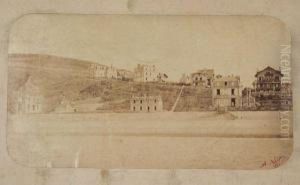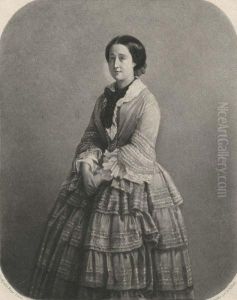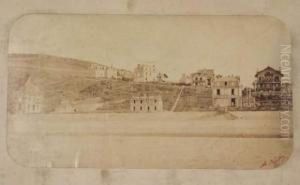Abel Niepce De Saint-Victor Paintings
Abel Niepce de Saint-Victor was a French photographer and inventor, who was notable for his contributions to the development of photography and for improving photographic processes. Born on July 26, 1805, in Saint-Cyr, France, he was a cousin of Nicéphore Niépce, who is often credited with the invention of photography.
Abel Niepce de Saint-Victor was initially a military man, serving as a lieutenant in the French army. However, his interest in chemistry and photography, likely influenced by his cousin's pioneering work, eventually led him to pursue these fields with vigor. After leaving the army in 1849, he dedicated himself to scientific research, particularly focusing on photosensitive materials and photographic techniques.
During the 1850s, he made significant advancements by experimenting with different substances to improve the sensitivity and stability of photographic plates. Abel Niepce de Saint-Victor's most notable contribution to photography was his work with albumen on glass plates, a process that preceded the development of the collodion process. His experiments with albumen, which is a protein found in egg whites, led to the production of photographic plates that were more sensitive to light and thus required shorter exposure times, delivering clearer images with greater detail.
In addition to his work with albumen, Niepce de Saint-Victor also experimented with other chemicals and processes, such as using uranium salts to create images. His research in this area laid the groundwork for future discoveries in the field of color photography and photomechanical reproduction, although the full significance of his experiments with uranium salts was not recognized until well after his death.
Despite his important contributions to the field of photography, Abel Niepce de Saint-Victor did not gain the same level of fame as some of his peers. Nevertheless, his work was influential in the progression of photographic technology during the 19th century. Abel Niepce de Saint-Victor died on April 7, 1870, leaving behind a legacy of innovation and improvement in the burgeoning field of photography.


